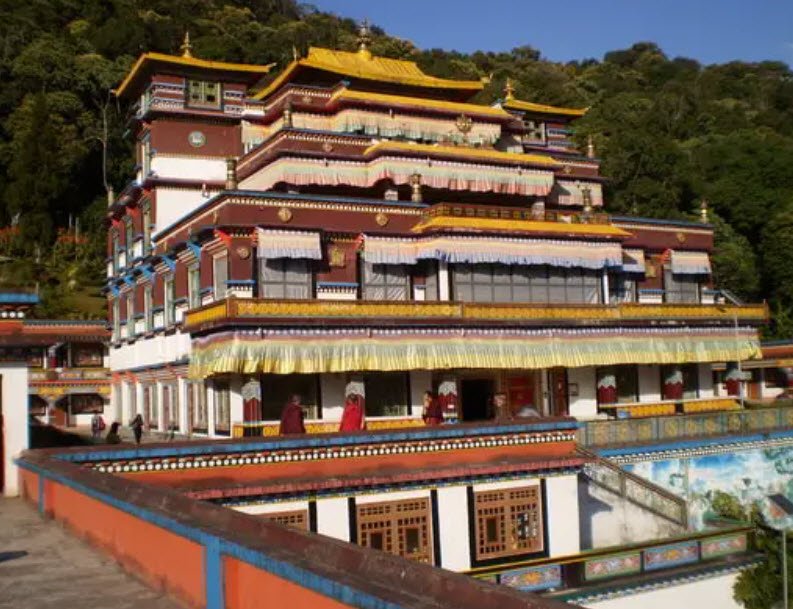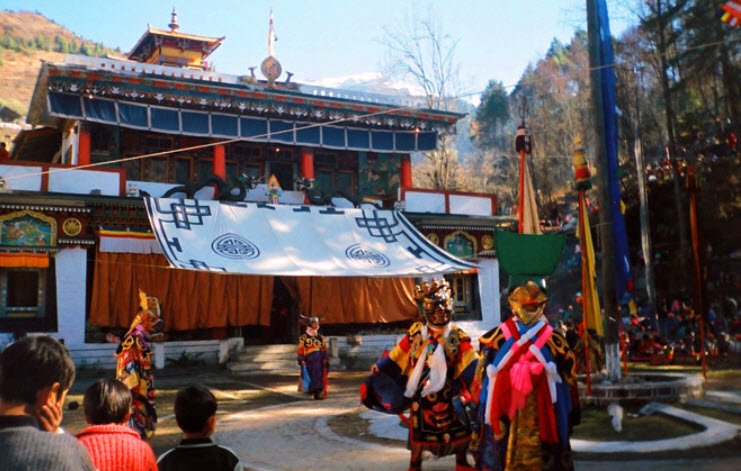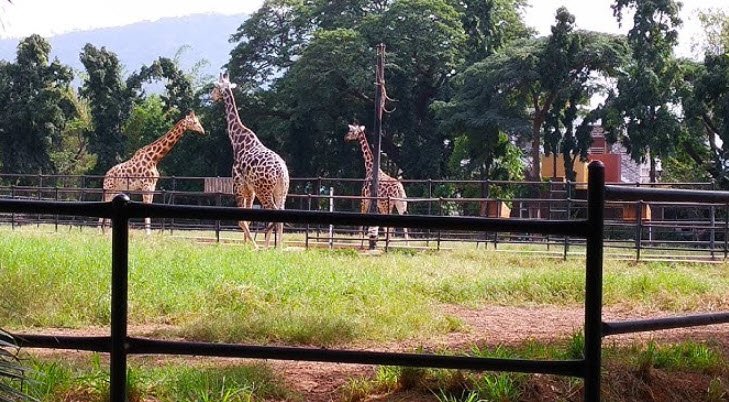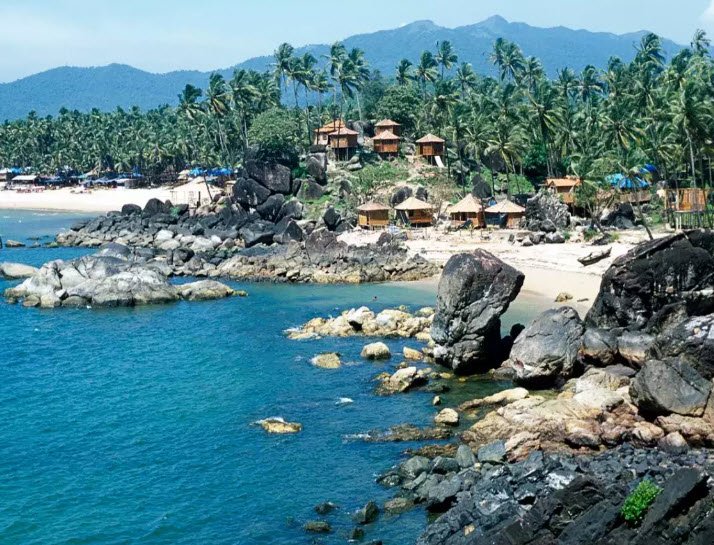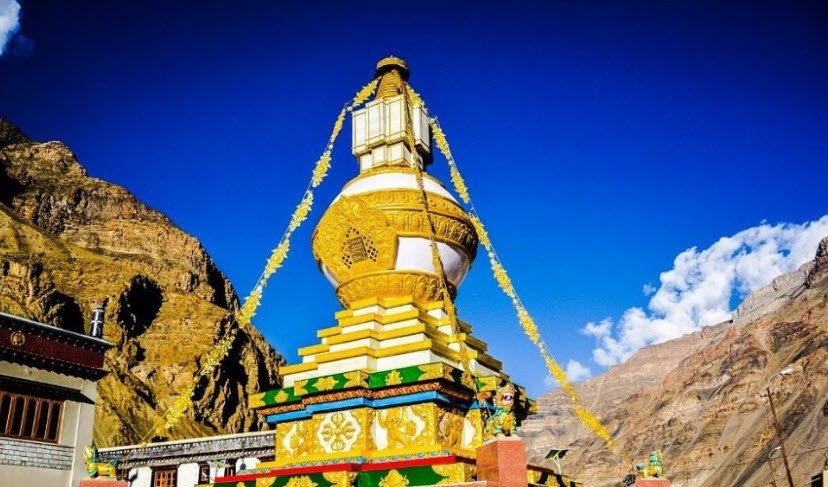
Tabo Monastery
Monastery
Tabo Monastery
Tabo Monastery, also known as Tabo Chos-Khor Monastery, is one of the oldest and most revered Buddhist monasteries in the Spiti Valley of Himachal Pradesh. Founded in 996 CE by the Tibetan Buddhist translator Rinchen Zangpo, the monastery has been a center of learning and spirituality for over a thousand years. It is often referred to as the "Ajanta of the Himalayas" due to its rich collection of frescoes, thankas, and ancient manuscripts.
The monastery complex consists of nine temples, four stupas, and 23 chortens, along with monks' quarters. The main temple, known as the Du-Khang or Assembly Hall, was rebuilt in 1983 and has hosted significant events, including the Kalachakra initiation ceremonies conducted by the 14th Dalai Lama.
The monastery is also known for its beautiful murals and well-preserved statues, which depict various tales from the Buddhist pantheon.
FAQ (Frequently Asked Questions)
Tabo Monastery is located in Lahaul and Spiti, Himachal Pradesh.
No, Vushii.com is an informational website that helps users explore and learn about different destinations in India. While we don’t offer bookings, our content can help you plan your trips better.
Yes! We offer detailed travel guides that include must-visit places, historical significance, best times to visit, and local attractions to help travelers make the most of their trips.
We strive to keep our content updated regularly to provide accurate and relevant travel information. However, we recommend checking official sources for the latest updates on entry fees, timings, or travel restrictions.
Currently, our content is created by a dedicated team of researchers and writers. However, if you have valuable insights or corrections, you can contact us through our website.
You can reach out to us through our Contact Us page or email us at contact@vushii.com for any queries or suggestions.
Yes! We encourage users to share our content with friends and family. You can use the social media sharing options available on our website.




